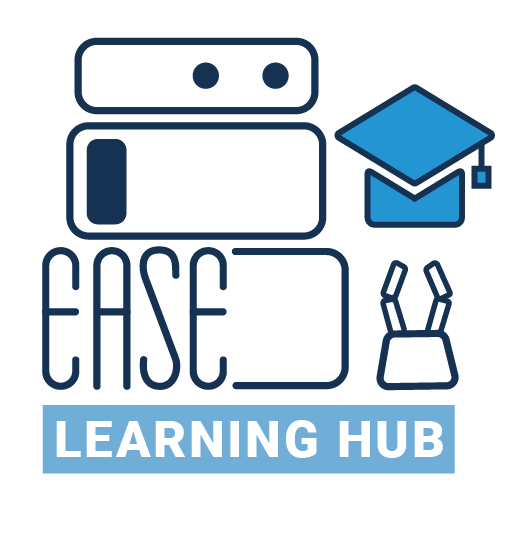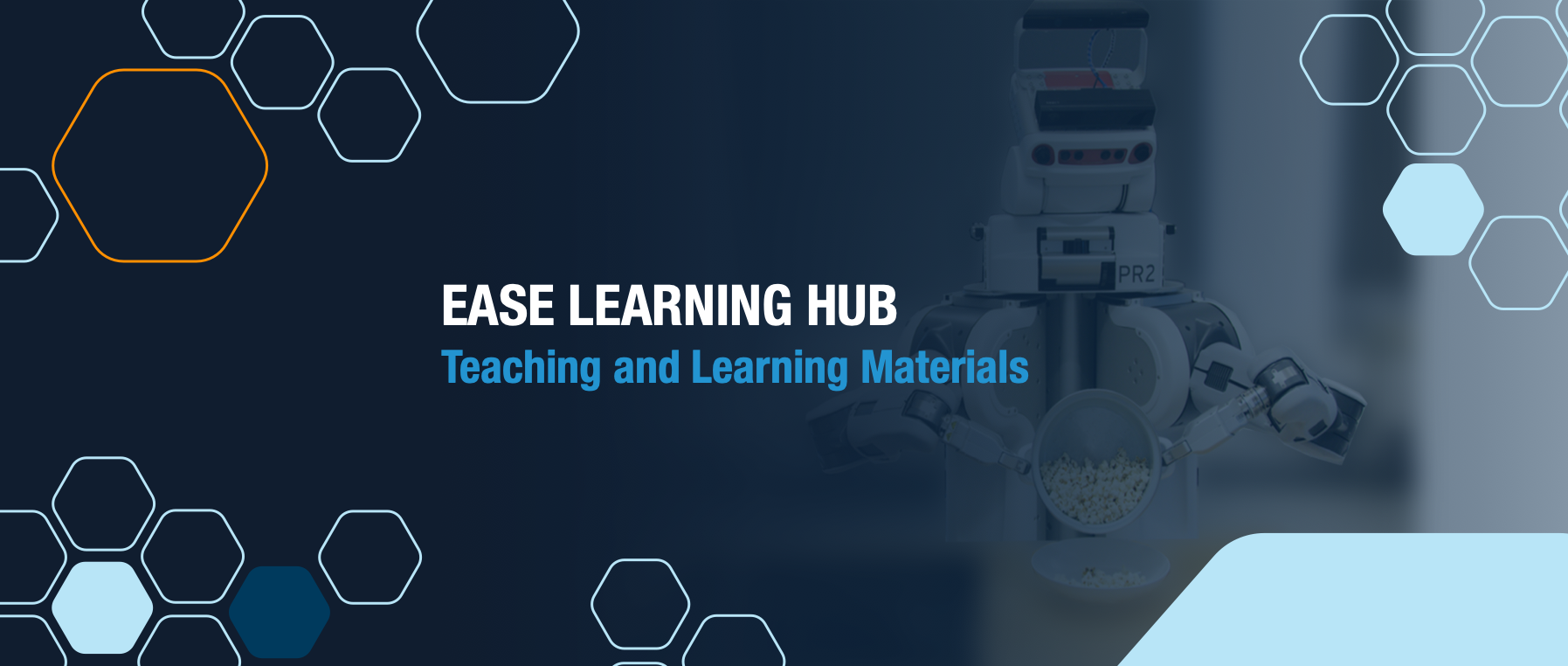The tools available at our disposal for solving some of the really hard problems our society is facing today are old, inadequate, and need to be deprecated. Everyone is looking to Artificial Intelligence based solutions like it’s the next gold rush, without understanding how Machine Learning actually works. We’re pumping massive amounts of data into these systems, without realizing that this data came before Artificial Intelligence was a thing, and even before the Internet or computers existed: 2D images are actually just digital representations of something that was available before in analog form. Someone needs to pause, zoom out, and take a look first and foremost at the problems that we need to solve, identify and analyze them, and only then derive complete technical solutions that might or might not involve the current generation of Machine Learning en vogue, but most importantly, might indicate that new types and formats of data, whether visual or otherwise, need to be created. And the field that made significant progress there is robotics, where mapping and identifying the world with high accuracy was an absolute requirement for the stability and performance of a machine moving into our world. However, these concepts such as 3D visual representations have not yet been translated fully to scale and made de facto standards for other more common applications. In this talk, we’re taking a trip down memory lane at some of these concepts, and discussing how open source platforms such as the Point Cloud Library (PCL) have contributed to the proliferation of new visual understanding technologies. We’re also taking a look at Fyusion, which attempts to redefine the meaning of “scalable 3D visual formats”, and has created the first comprehensive and scalable technology stack for capturing photorealistic 3D spatial models of the real world using a single camera, built with Visual Understanding in mind.
Lecture Video
Target Group

